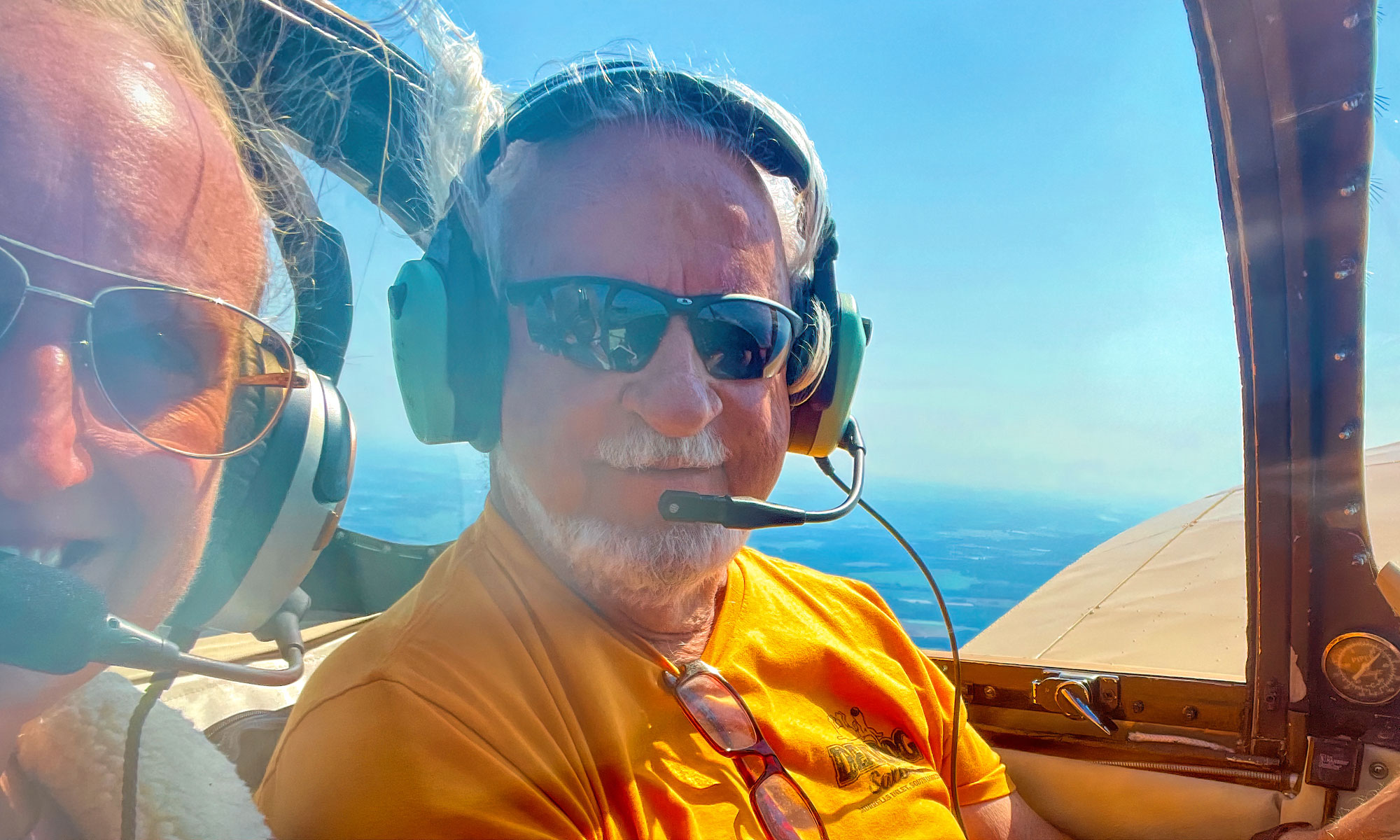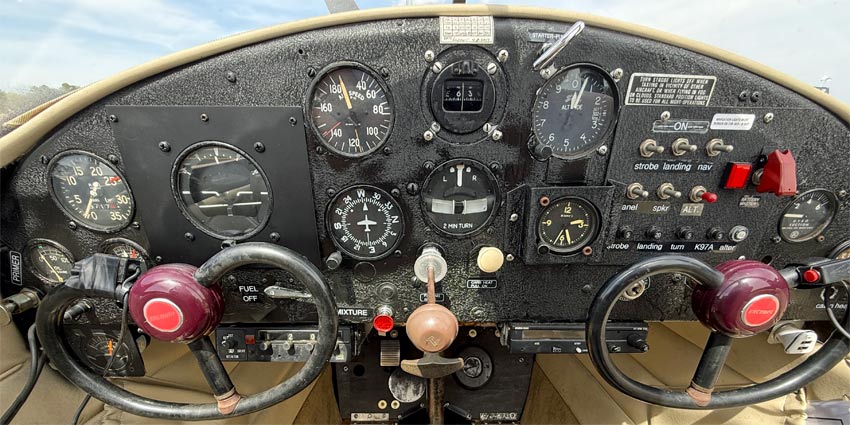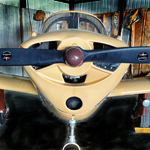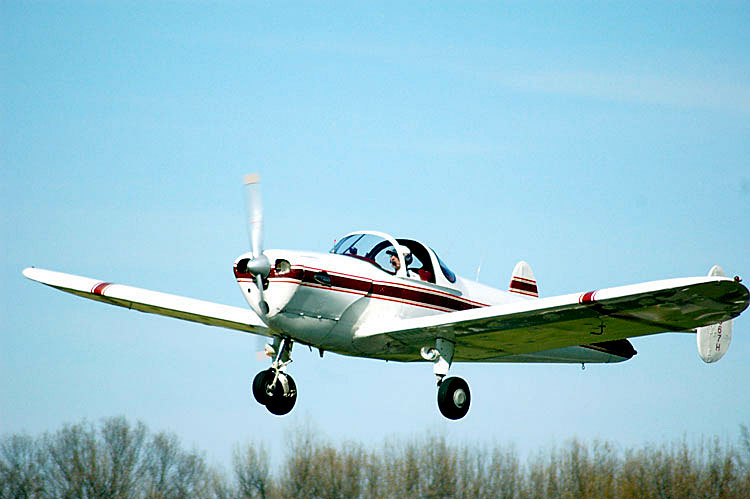Here’s a look at what the pilot sees and uses to operate this 1946 airplane.
Step right up, folks, and feast your eyes on the cockpit of a vintage 1946 Ercoupe aircraft! This flying time capsule is decked out with all the bells and whistles—or should I say dials and gauges—of yesteryear. It’s like stepping into a retro sci-fi movie where the navigation instruments are proudly analog, and digital hasn’t even been born yet.
Picture this: an aged panel that looks like it moonlights as a character in a steampunk novel. It’s got more knobs and switches than a mad scientist’s lab, and each one serves a purpose, or at least seems to. The altimeter ticks away, determined to let you know if you’re soaring above the clouds or just barely skimming the treetops. And let’s not forget the airspeed indicator, which seems to have its own sense of humor—sometimes it feels like it’s mocking you as you crawl through the sky at a snail’s pace.
Now, behold the pièce de résistance: two large steering yokes that could double as the handlebars of a retro motorcycle. These bad boys are front and center, ready to help you navigate the friendly skies—or at least attempt to without getting hopelessly lost. They’re so prominent you’d think they were auditioning for a lead role in an aviation-themed Broadway show.
In this cockpit, every flight is an adventure through history. You’re not just flying; you’re time traveling back to an era when pilots were rugged adventurers and “GPS” was just a random jumble of letters. So, buckle up, adjust those goggles, and enjoy the ride through the whimsical world of vintage aviation!
List of instruments/gauges/controls: altimeter, artificial horizon, tachometer, asi, airspeed indicator, knots, mph, compass, turn and bank, card compass, clock, oil pressure, ammeter, vacuum gauge, switches, circuit breakers, radio, transponder, throttle, mixture, carburetor heat, yoke, fuel valve, cht, cylinder head temperature, primer
As you gaze at this cockpit, you can’t help but feel a warm sense of history. The gentle hum of the aircraft and the visual feedback from these classic instruments create an immersive experience. It’s a delightful reminder of how far aviation technology has come, while still appreciating the beauty of its roots.
To purchase a print, please click one of the above photographs.
Or: Vintage-looking sepia tone photograph.
Or: More “normal” photograph of the instrument panel.




